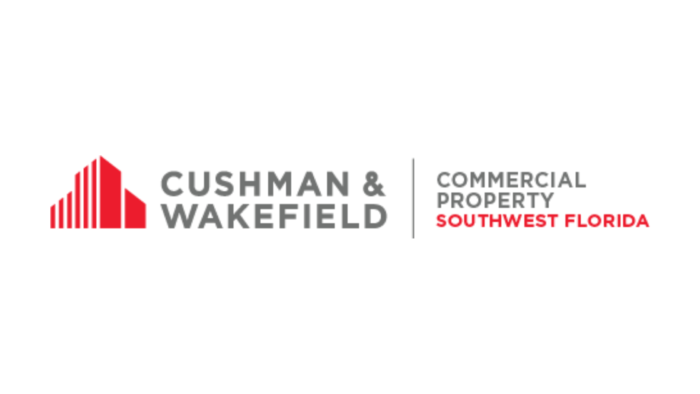By Gary Tasman
In early March, the Florida House passed a bill that is designed to help local governments and developers to create more affordable housing opportunities in the state. SB 962: Residential Development Projects for Affordable Housing has now passed both the Senate and the House with unanimous bipartisan support and appears to be on track for the Governor’s signature.
The bill would allow local governments to approve residential and mixed-use developments on any parcel of land zoned for commercial or industrial use, as long as at least 10% of the project’s units are reserved for affordable housing. The bill is seen as a potential booster shot to cure the state’s deficiency of workforce housing. While this is an admirable step for the legislature, it should not be our only action to resolve the affordable housing crisis in our area.
Affordable Housing in Florida
For those seeking affordable housing options, Florida is one of the most challenging states in the nation. A 2021 report by the National Low Income Housing Coalition notes that while no state has an adequate supply of affordable housing for its population, the Sunshine State is in the nation’s bottom five. The state has a deficit of more than half a million affordable and available rental units for households earning 50% of the area’s median income.
The affordable housing crisis is exacerbated by skyrocketing real estate prices over the last decade. Increases in the cost of housing have far outpaced wage growth in Florida. A 2021 study by QuoteWizard notes that while wages statewide had grown nearly 21% over ten years, median home prices have jumped 99.3% during that same period.
Potential Solutions to the Affordable Housing Crisis
There are three potential answers to the affordable housing problem, however only one is a truly realistic scenario. The possible solutions are to:
- Increase wages
- Decrease the cost of housing
- Increase housing supply
Let’s take a look at each of these possible solutions. We’re certainly seeing progress statewide in income growth, although not at the level we would need to catch up to our current home prices and rental rates. We also expect to see some sort of correction in our housing market in the future, but it’s doubtful that home prices will fall significantly. Instead, we expect to see home and rental costs simply stabilize. While the two factors above could help alleviate a small amount of pressure, the biggest impact we can have on resolving our affordable housing woes would be to increase the amount of housing stock in our communities, and to do it more quickly than demand is growing.
Increasing Housing Supply Through Density
With the exception of our region’s coastal areas, Southwest Florida is a haven for single-family homes and gated communities. While that makes for a pleasant suburban feel, it also increases urban sprawl, making it more expensive to live here. Sprawl means that municipalities must pay more to deliver services like police, fire, ambulances, public transportation and sanitation services, which in turn raises our local taxes. Residents in sprawling areas endure longer average commutes and use more gasoline, further raising the cost of living.
The most logical solution to ease the burden of urban sprawl is to increase density—or the number of housing units allowed per acre of land. By concentrating density in areas with adequate infrastructure, we can reduce the cost of providing municipal services, thus keeping our costs of living lower. Higher density also provides the opportunity for more housing diversity, like apartment units ranging from one-room studios to four-bedroom penthouses, as well as more condominiums, duplexes, and other multifamily options.
Concentrated Development in Southwest Florida
Here in Southwest Florida, we already see examples of municipalities that are strategically concentrating development. Fort Myers’ Midtown neighborhood represents one example. Infrastructure improvements will accompany the development of this area, which will include high-density housing all within walking distance of the desirable River District. Charlotte County employs a strategy called Transfer Development Units (TDU), which identifies appropriate locations for higher-density development, as well as areas where density should be reduced. The goal of the TDU program is to encourage the removal of outdated platted subdivisions and lots and support more sustainable higher-density mixed-use development. And in Collier County, the East Naples development plan hopes to spark more walkable neighborhoods and mixed-use communities with workforce housing opportunities. Just this week, three new apartment complexes broke ground, promising to bring more workforce housing and affordable units for seniors to East Naples.
While Florida’s SB 962 should be celebrated as a victory for affordable housing advocates, local governments have tried to incentivize developers to hold back units for affordable housing for decades—with minimal success. Instead of encouraging builders to create more affordable units, they often discourage developers from pursuing projects at all. However, government incentives, paired with smart growth and higher density developments, may offer the key to solving our local affordable housing troubles.
Are you a developer seeking opportunities in Southwest Florida? The Commercial Property Experts at Cushman & Wakefield | Commercial Property Southwest Florida have the knowledge and experience to help guide you. Call our team at 239-489-3600 or contact-us.
